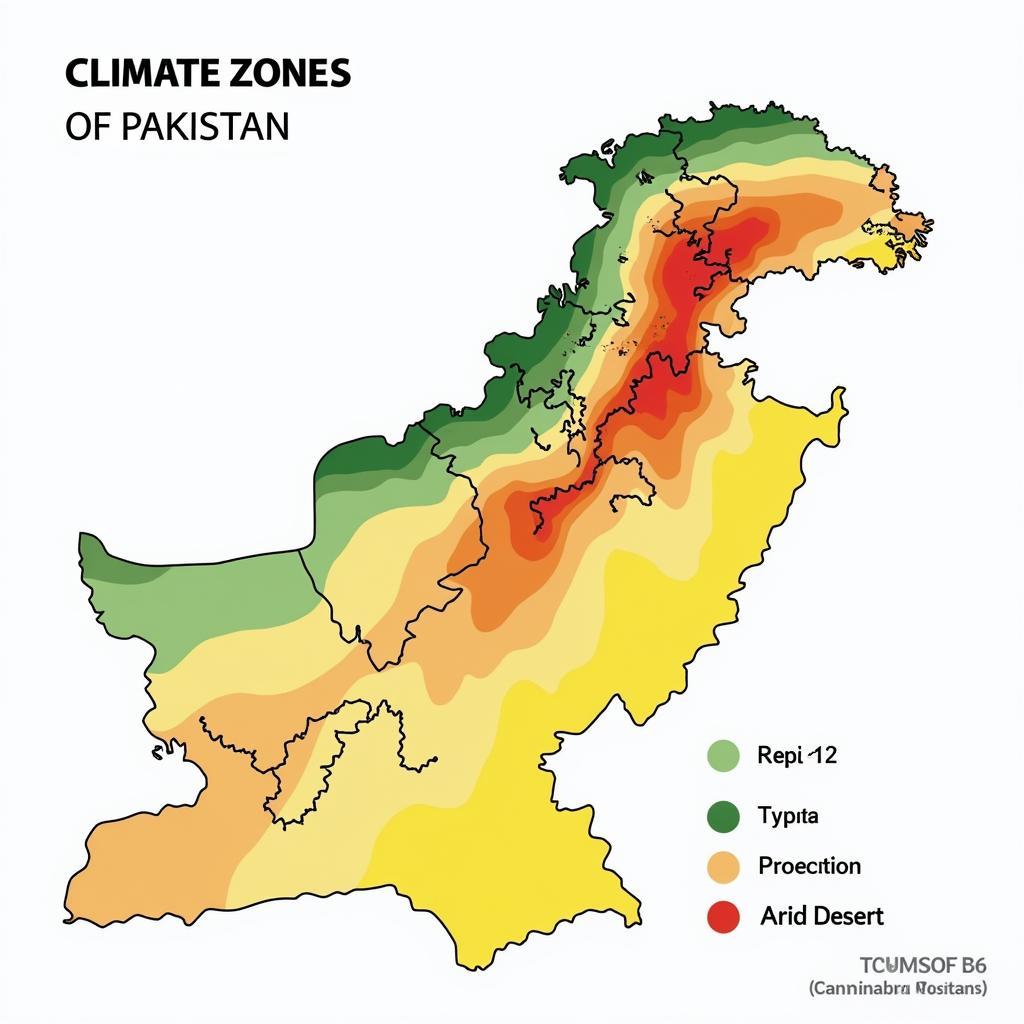Pakistan Lies Between The Latitudes of 23.4° N and 36.7° N, a geographical positioning that holds immense significance for the nation’s climate, biodiversity, and overall character. Situated in South Asia, this unique location places Pakistan at the crossroads of diverse ecological zones, shaping its landscape and influencing its cultural tapestry.
Latitude’s Impact on Pakistan’s Climate Tapestry
The latitudinal range within which Pakistan lies plays a crucial role in determining its varied climate. From the towering, snow-capped peaks of the Himalayas in the north to the arid deserts of Sindh in the south, the country experiences a wide spectrum of weather patterns.
- The Northern Extremes: The northernmost regions, nestled within the Hindu Kush and Karakoram mountain ranges, experience alpine climates characterized by long, harsh winters and short, cool summers. These areas are subject to significant snowfall, feeding the mighty Indus River system that courses through Pakistan.
- The Indus River Basin: The fertile plains of the Indus River basin, encompassing Punjab and Sindh provinces, benefit from a more temperate climate. Hot summers and mild winters prevail, supporting a rich agricultural industry that forms the backbone of Pakistan’s economy.
- The Arid South: As we move further south, the climate transitions towards aridity. Balochistan province, bordering Afghanistan and Iran, features a vast, sparsely populated landscape dominated by rugged mountains and arid deserts. Rainfall is scarce, leading to a harsh and challenging environment.
 Pakistan's Diverse Climate Zones
Pakistan's Diverse Climate Zones
Biodiversity Hotspots: A Gift of Latitude
Pakistan’s unique latitudinal positioning places it at a biogeographical crossroads, resulting in a remarkable array of flora and fauna. The country serves as a transition zone between the Indo-Malayan and Palearctic ecoregions, leading to a fascinating blend of species.
- Himalayan Majesty: The high-altitude regions of northern Pakistan are home to iconic species like the snow leopard, Himalayan brown bear, and markhor, the national animal. These majestic creatures are adapted to survive in the harsh, mountainous terrain.
- Indus River Delta: In stark contrast, the Indus River Delta, where the mighty Indus River meets the Arabian Sea, presents a unique ecosystem teeming with life. This vital wetland serves as a crucial breeding ground for numerous migratory birds and supports a rich diversity of marine life.
Beyond Climate and Biodiversity: Latitude’s Cultural Influence
The impact of Pakistan’s latitudinal location extends beyond climate and biodiversity. Its position at the crossroads of ancient trade routes has shaped its cultural heritage, resulting in a vibrant blend of influences from Central Asia, the Middle East, and the Indian subcontinent.
- Architectural Marvels: The Mughal Empire, with its roots in Central Asia, left an indelible mark on Pakistan’s architectural landscape. Magnificent mosques, tombs, and gardens, adorned with intricate details and reflecting a fusion of Persian and Indian aesthetics, stand as testaments to this rich cultural exchange.
- Culinary Delights: Pakistan’s cuisine reflects its diverse influences, offering a tantalizing array of flavors and aromas. From the rich, aromatic curries of Punjab to the spicy delicacies of Sindh and Balochistan, each region boasts its own unique culinary traditions.
Pakistan’s Latitude: A Defining Feature
Pakistan’s location between the latitudes of 23.4° N and 36.7° N is not merely a geographical fact; it is a defining element of the nation’s identity. It shapes its climate, nurtures its biodiversity, and enriches its cultural tapestry. Understanding this crucial aspect of Pakistan’s geography provides valuable insights into the country’s past, present, and future.
 Pakistan's Cultural Tapestry
Pakistan's Cultural Tapestry
Frequently Asked Questions about Pakistan’s Latitude
1. How does Pakistan’s latitude affect its agricultural productivity?
The diverse climate zones, influenced by latitude, result in a wide range of agricultural products. The Indus River basin, with its fertile soil and favorable climate, is a major agricultural hub, while the northern regions specialize in fruits and nuts.
2. What are some of the challenges posed by Pakistan’s latitudinal location?
The varying climate patterns, particularly the extremes of temperature and rainfall, pose challenges for water resource management, agriculture, and disaster preparedness.
3. How does Pakistan’s biodiversity contribute to its economy?
Pakistan’s rich biodiversity holds immense potential for ecotourism, sustainable agriculture, and the discovery of new medicinal plants and resources.
For further insights into Pakistan’s geography, explore our articles on the country’s major rivers, mountain ranges, and the impact of climate change.
Need assistance? Contact us 24/7 at:
Phone Number: +923337849799
Email: news.pakit@gmail.com
Address: Dera Ghazi Khan Rd, Rakhni, Barkhan, Balochistan, Pakistan.